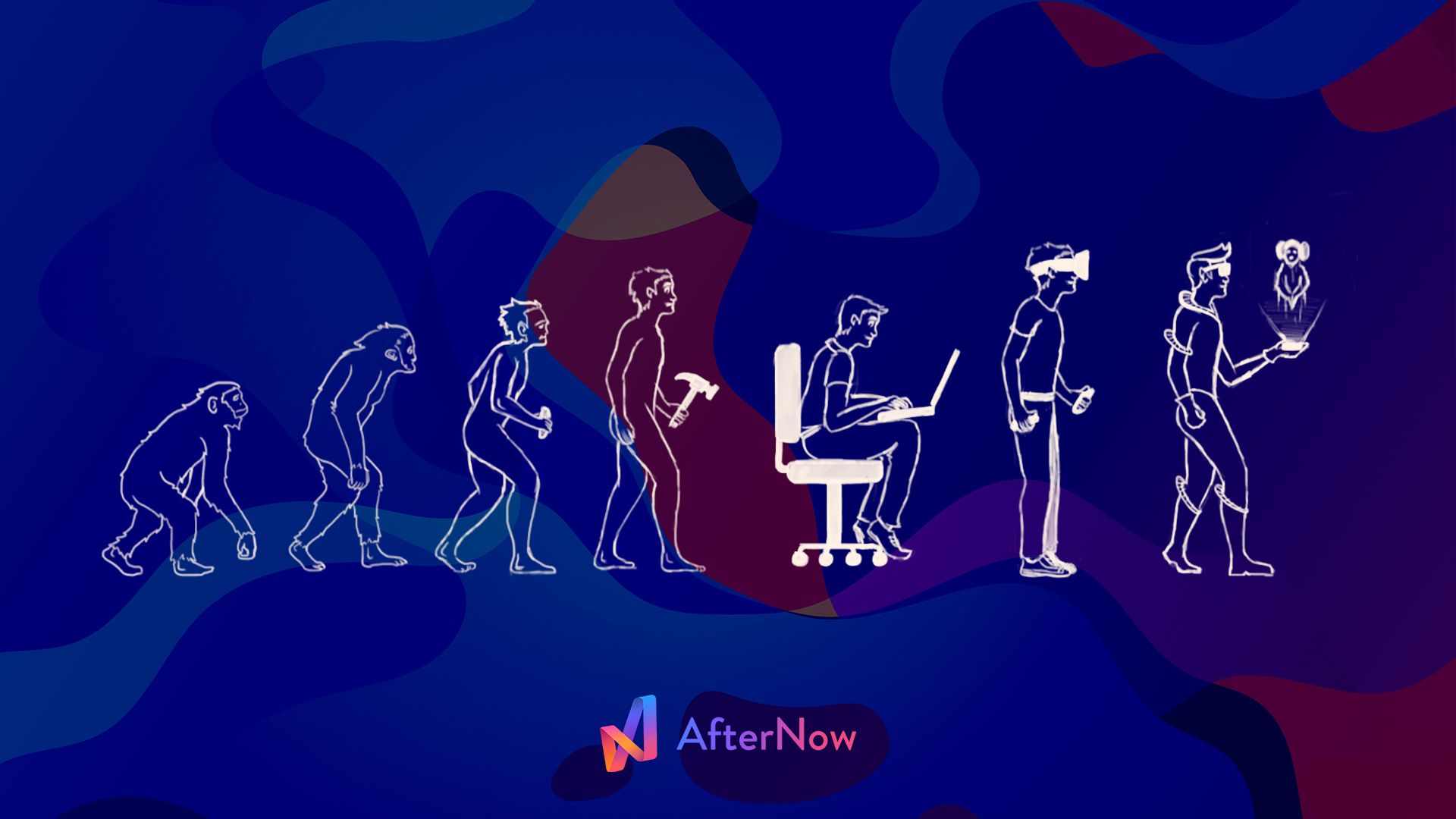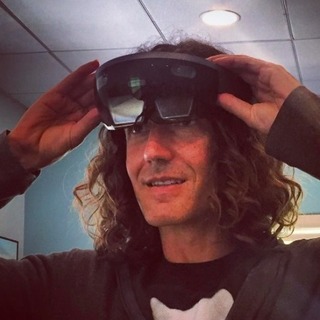Quick introduction
We are 3D physical creatures living in a virtual 2D world for so long that we have lost the ability to think three-dimensionally.
We are born 3D creatures. As young children, we play inside our three-dimensional bubbles, deeply immersed in sensory information and emotional triggers. During those stages of early development, our primary source of information is an active practice through firsthand experience. As we grow up, however, we tend to trade in that deeply personal and embodied way of exploring our world for more easily distributed accounts of other people’s experiences.
This switch to passive learning is a necessary trade-off. After all, it is often undesirable or infeasible to personally subject students to the topics they study (e.g., diseases or abstract mathematics). Except for some practical skills taught in school, we learn mostly using text, illustration, video, and audio. We consume this 2D content and often rely on our brain to imagine the third dimension—to picture what it would have been like to be present.
Similarly, many of us spend most of our time at work behind a computer screen: reading documents, writing emails, analyzing spreadsheets, creating reports. When relaxing, most of our entertainment reaches us through televisions, laptops, tablets, or phones; readily accessible escapism, delivered in the comfort of your own home.
How much time are you spending in this 2D world?
My guess: a significant portion of your life.
Through the ubiquity of smartphones, tablets, and laptops, the internet facilitates an unprecedented level of human interconnection. It has helped us eliminate physical barriers for the sake of interconnectedness, collaboration, friendship, and love. Far from the days of hearsay and snail mail, communication now occurs at the physical boundaries of space and time with instant messaging and live streams. These advances bring with them an acceleration of innovation and massive value for humankind.
We are now in another infancy. One that will see the next big technical innovation leap, allowing us to merge our virtual world with our physicality. In this Mixed Reality, our body’s senses and expressions (both verbal and kinesthetic) will eventually replace the keyboard, mouse, and the 2D screen. With Mixed Reality, we can start the process of active learning again.
As an example, your company KPI dashboard will not have any pie or bar charts. It will be a forest where trees representing various departments will have shapes, size, density, features, fruits, leaves, health representing key KPI. Animals, insects, seasons, time of day, the weather will represent challenges and opportunities affecting various outcomes of the KPIs. Using all your senses and metaphors of natures, we connect to the spatial, emotional, and intuitive part of your brain, processing seamlessly a vast amount of information resulting in faster and more knowledgeable insights.
As you tend to your company this way, do you feel the gentle breeze and hear the birds chirping? Take a moment to breathe deeply and appreciate the sunshine as you enjoy a walk through the tall trees.
Sounds like a far-fetched fantasy?
Blending the internet of things, artificial intelligence, and augmented reality as we know it today, can show a glimpse of what that future will look and feel like. Today some early devices like the Quest and Hololens can give you a preview of the possibilities. It’s the most human and natural interaction with technology we ever created. But before you can start “picking fruit” for your next financial report, we have a lot of work to do.
One of the key challenges in bringing us to this next level of collaboration and productivity is relearning how to think in 3D. As a term, 3D Thinking™ refers to our lost ability to create and communicate with our physical bodies instead of keyboards, mouses, and touch screens. As we return to embodied interactions, how can we visualize and manipulate digital information in the same way we observe and navigate our physical world? How do we turn passive learning back into active practicing?
This post is the first of a series where we will share practices, processes, workshops, tools, and technologies to relearn how to communicate, create, and exchange in 3D. The goal is to prepare you to master the third dimension to build and design this future ahead of us.
Follow our blog here or on Twitter, Facebook, or LinkedIn, and join us in exploring a new dimension.


